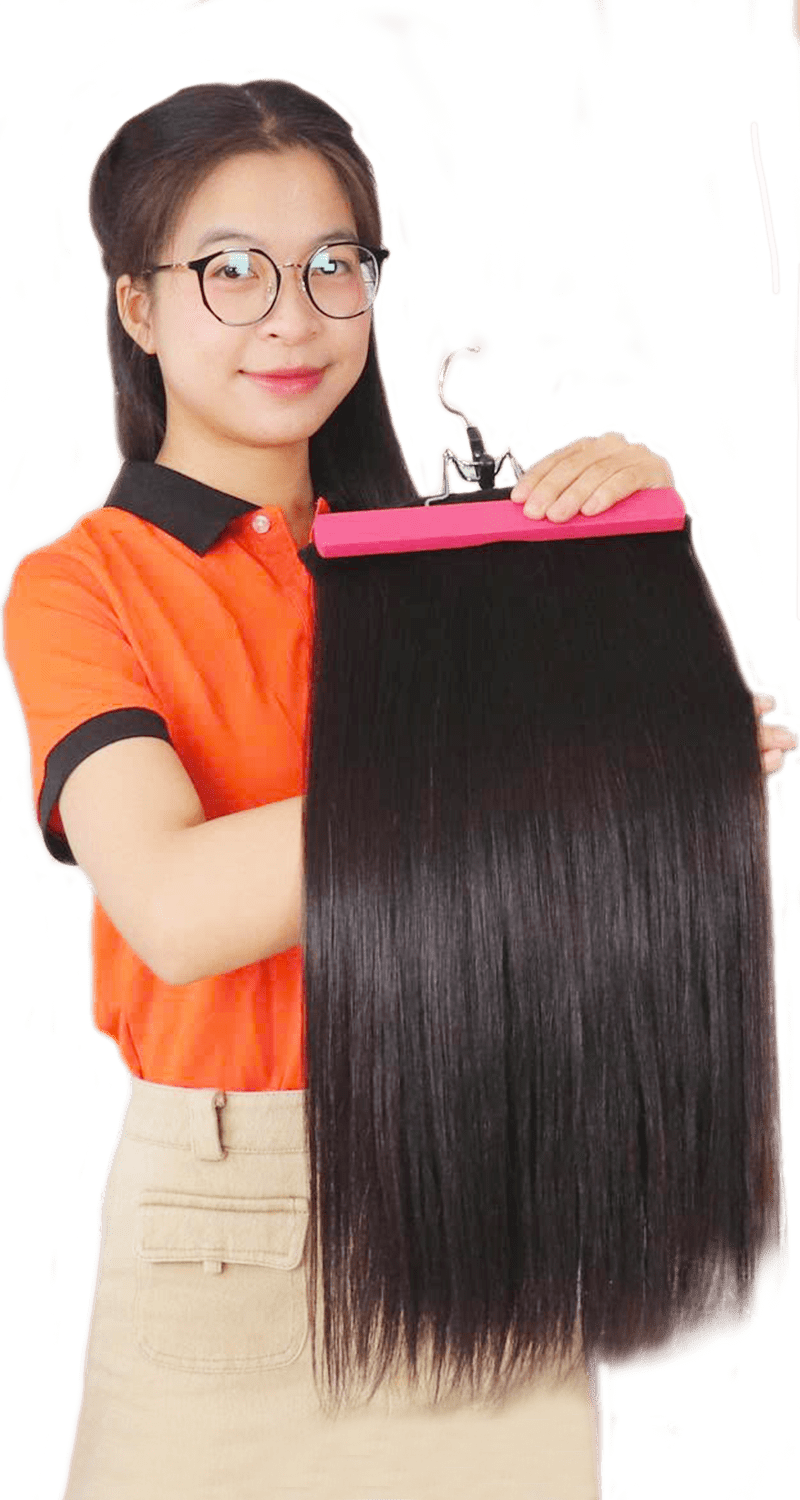From the first sighting of a silver strand to the full embrace of a head of gray, the journey of graying hair is a natural yet often mysterious process. Have you ever wondered what causes this transformation? Is it simply a matter of age, or do other factors play a significant role? In this blog, we delve into the reasons why hair turns gray, exploring the intricate dance of genetics, biology, and environmental influences. Whether you’re noticing your first gray hair or celebrating your silvery locks, join us as we uncover the fascinating secrets behind graying hair.
I. The Causes Make Your Hair Turn Gray
Have you ever caught a glimpse of a silver strand and wondered about its origin? Graying hair is a common sign of aging, but the reasons behind this transformation are more complex than simply adding years. Several factors contribute to why hair turns gray:
Why Does Hair Turn Gray #1: Vitamin Deficiencies

Deficiencies in vitamins such as B9, B12, biotin, or vitamin D can contribute to premature graying. These nutritional deficiencies impact hair pigmentation, making a balanced diet essential for maintaining healthy hair color.
#2: Genetics and Oxidative Stress
Your genes play a significant role in determining when and how quickly your hair will turn gray. If your parents experienced early graying, chances are you might too.

While graying is mostly genetic, oxidative stress in the body may play a part when the process happens prematurely. Oxidative stress causes imbalances when antioxidants are not enough to counteract the damaging effects of free radicals. Our bodies usually neutralize hydrogen peroxide, but this process slows down as we age, contributing to graying.
Why Does Hair Turn Gray #3: Melanin Production

Hair color is determined by melanin, a pigment produced by melanocytes in hair follicles. As we age, these melanocytes gradually produce less melanin, leading to the loss of hair color and the emergence of gray or white hair. Besides, hormonal fluctuations, particularly those related to aging, can impact melanin production.
#4: Lifestyle and Environmental Factors
Smoking, poor diet, and high levels of stress can accelerate the graying process. These factors contribute to oxidative stress and damage hair follicles. Not only that, exposure to pollutants and UV radiation also can damage hair follicles and affect melanin production, hastening the graying process.
→ Understanding these causes provides insight into the intricate processes that lead to gray hair. Whether you’re noticing your first gray or embracing a head full of silver, these factors highlight the complex interplay between genetics, biology, and lifestyle in determining hair color.
CHECK THIS OUT: 7 Coolest Hair Ideas 2023 For Gray Blending For Dark Hair
II. How To Prevent and Reverse Premature Graying Hair?
Premature white hair can be concerning, but there are steps you can take to potentially prevent and even reverse it. Here are some strategies to help you maintain your natural hair color for longer:
1. Maintain a Balanced Diet:

Ensure your diet includes sufficient vitamins and minerals, especially B vitamins (B9, B12, biotin), vitamin D, and iron. Besides, incorporate foods rich in antioxidants, such as fruits, vegetables, and nuts, to combat oxidative stress.
2. Quit Smoking:
Smoking is linked to premature graying. Quitting smoking can improve overall health and may help preserve your natural hair color.
3. Supplements

Consider taking supplements if you’re unable to get enough nutrients from your diet. Consult with a healthcare provider before starting any new supplement regimen. You also can consult with a dermatologist or healthcare provider about treatments like topical anti-aging serums, laser therapy, or other medical interventions that may help.
4. Protect Your Hair
- Minimize exposure to harsh chemicals and pollutants.
- Use gentle, sulfate-free shampoos and conditioners.
- Avoid excessive heat styling and harsh hair treatments.
- Get regular health check-ups to monitor and manage conditions that can affect hair health, such as thyroid disorders.
5. Use Natural Remedies
Some natural remedies, like amla (Indian gooseberry), curry leaves, and coconut oil, are traditionally believed to help maintain hair color and health. While scientific evidence is limited, it may be worth trying as part of a holistic approach.

→ While it’s challenging to completely prevent or reverse graying, especially if it’s genetically predisposed, these steps can help slow the process and promote overall hair health.
Maybe You Are Also Interested In: 5 Trendy Short Gray Hairstyles that Look Stunning at Any Age
III. Conclusion
In conclusion, the journey from vibrant color to silver strands is a complex interplay of genetics, biology, and lifestyle factors. Our hair turns gray due to a gradual decline in melanin production, influenced by our genetic makeup, the natural aging process, and various external factors like diet, stress, and environmental exposure. Understanding these causes not only demystifies the graying process but also highlights the importance of a healthy lifestyle in potentially delaying it. While we may not be able to completely stop the hands of time, embracing the changes with knowledge and care can help us appreciate the natural beauty of our silver secrets.


 BEST SELLING PRODUCTS
BEST SELLING PRODUCTS Wig Hair
Wig Hair WHOLESALE
WHOLESALE Contact us
Contact us Sale Events
Sale Events
